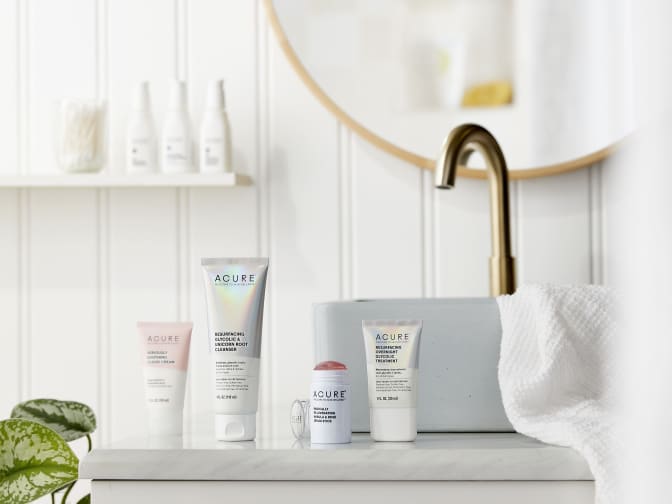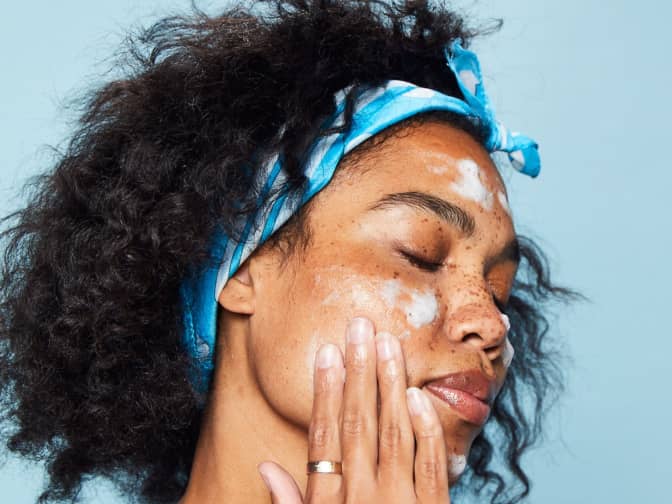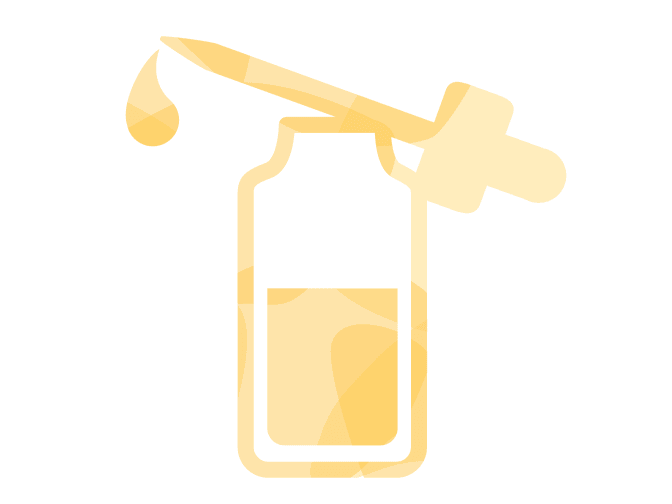Glycolic acid vs. salicylic acid
Both ingredients behave in a similar way but are suited for different purposes. Glycolic acid is good for evening skin tone and reducing hyperpigmentation, and is best suited for treating overall skin appearance.
If you are looking to treat acne specifically, salicylic acid is better because it removes excess sebum which is often a cause of acne — though this means that it can be drying for some people.













